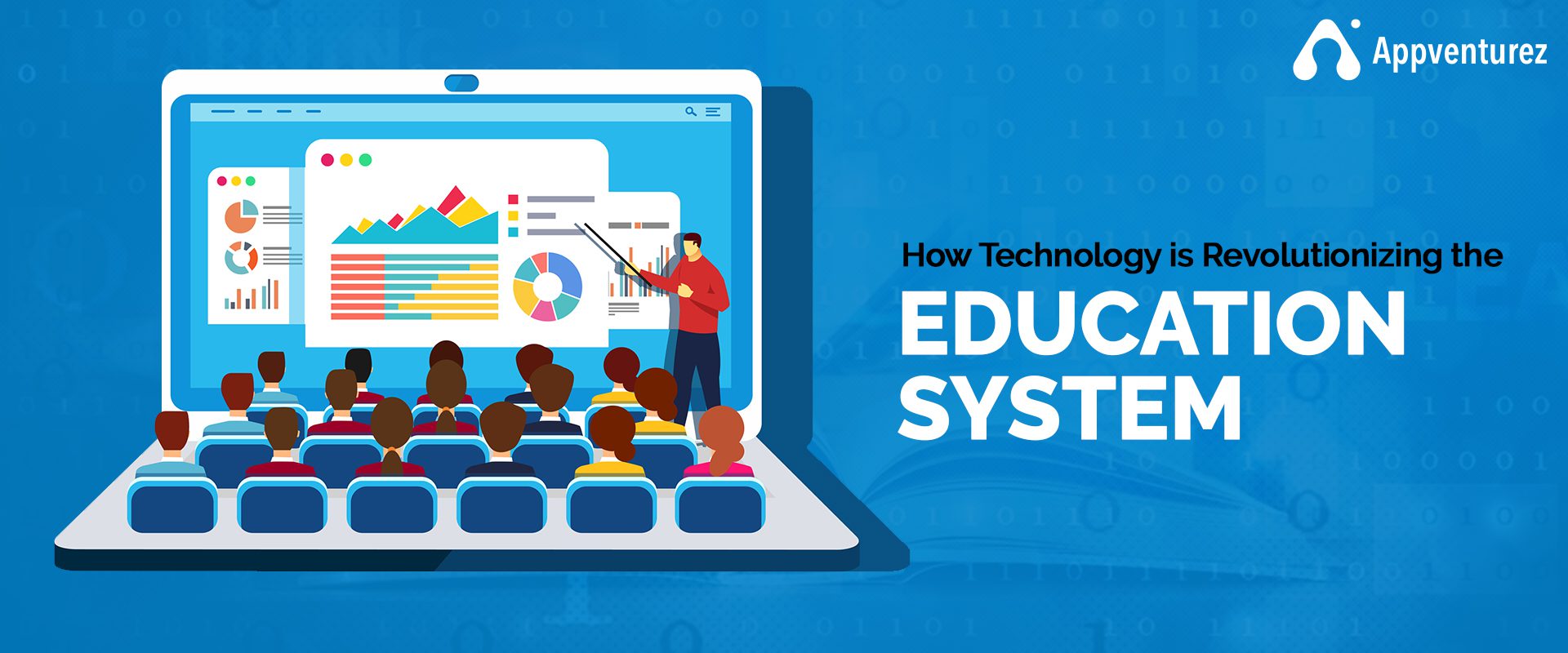Technology has brought significant changes in various sectors, including education. This article explores ten ways technology is revolutionizing the education industry. Online learning has made education accessible globally, while virtual reality and augmented reality have made learning immersive and interactive. Personalized learning solutions based on individual student needs have been developed. Mobile learning has enabled students to continue learning from anywhere. The flipped classroom model enhances teacher-student interaction, while gamification makes learning engaging and enjoyable. Cloud computing has made it possible for students and teachers to collaborate and share resources. Artificial intelligence and machine learning personalize learning experiences, automate administrative duties and provide student behavior insights. Robotics is offering opportunities for students to learn programming, electronics, and engineering. Technology advances will continue improving student outcomes, and educators and schools should adopt them.
10 Ways Technology is Revolutionizing the Education Industry
Technology has brought about tremendous change and transformation to various sectors of society. The education industry is no exception. With the current advancements in digital technology, learning has become more efficient, accessible, and convenient. Here are ten ways technology is revolutionizing the education industry.
1. Online Learning
Online learning has emerged as a significant development in the education sector. Through online learning, students can access learning materials and engage in classroom sessions from anywhere in the world. Platforms such as Coursera, Udemy, and Khan Academy offer online courses that are not restricted by geography, time zone, or availability. Online learning has made education accessible to anyone who wants to learn.
2. Virtual Reality and Augmented Reality
Virtual reality (VR) and augmented reality (AR) technologies are already available in various industries. These technologies could transform the education industry by making learning more immersive and interactive. Students can use VR headsets and AR devices to explore virtual worlds and engage with digital objects in real-time. This technology is particularly useful in teaching subjects like biology, history, and geography.
3. Personalized Learning
Technology has brought about personalized learning, where educators can tailor teaching methods and content to meet individual student needs. This allows students to learn at their own pace, with learning goals set according to their strengths and weaknesses. With the use of learning analytics and adaptive learning technologies, it is now possible to personalize learning experiences for each student.
4. Mobile Learning
Mobile learning has grown in popularity in recent years. With smartphones and tablets, students can access learning resources, complete assignments, and collaborate with classmates from anywhere. This technology has made it possible for students to continue learning even when they are on the go.
5. Flipped Classroom
The flipped classroom model is an innovative way to use technology to enhance learning. In a flipped classroom, students watch videos or access learning materials online before the class. During class, the teacher facilitates discussions and clarifies any doubts. This model allows students to learn at their own pace and gives teachers more time to interact with students, resulting in a better learning experience.
6. Gamification
Gamification is the use of game elements in non-game contexts, such as education. With the use of game-based learning, students can learn through play, making learning more engaging and enjoyable. Games can be used to teach a wide range of subjects, and students can learn critical thinking, problem-solving, and decision-making skills.
7. Cloud Computing
Cloud computing is a technology that allows users to access data and applications from anywhere with an internet connection. In the education sector, cloud computing has made it possible for students and teachers to collaborate and share resources. Tools like Google Drive, OneDrive, and Dropbox make it easy to store, share and access files from anywhere, making education more accessible.
8. Artificial Intelligence
Artificial intelligence (AI) has the potential to transform the education sector. AI could be used to personalize learning experiences, automate administrative duties, and enhance assessment and grading. AI can analyze vast amounts of data to provide insights into student learning patterns, providing teachers with valuable information to improve student outcomes.
9. Machine Learning
Machine learning is a subset of AI that allows machines to learn from data and improve performance without being explicitly programmed. This technology can be used in education to analyze student data and provide insights into student behavior and learning. Machine learning algorithms can also be used to personalize learning experiences for individual students.
10. Robotics
Robotics technology has already been used in various industries, but it holds great potential in the education sector. Robots can be used to teach students about programming, electronics, and engineering. Robots can also be used to automate administrative tasks and provide support to teachers.
In conclusion, technology is revolutionizing the education industry, providing new opportunities for learning and improving student outcomes. As technology continues to advance, we can expect even more innovations that will enhance teaching and learning. The challenge is for educators and schools to adopt these technologies and find new ways to integrate them into the learning experience.
